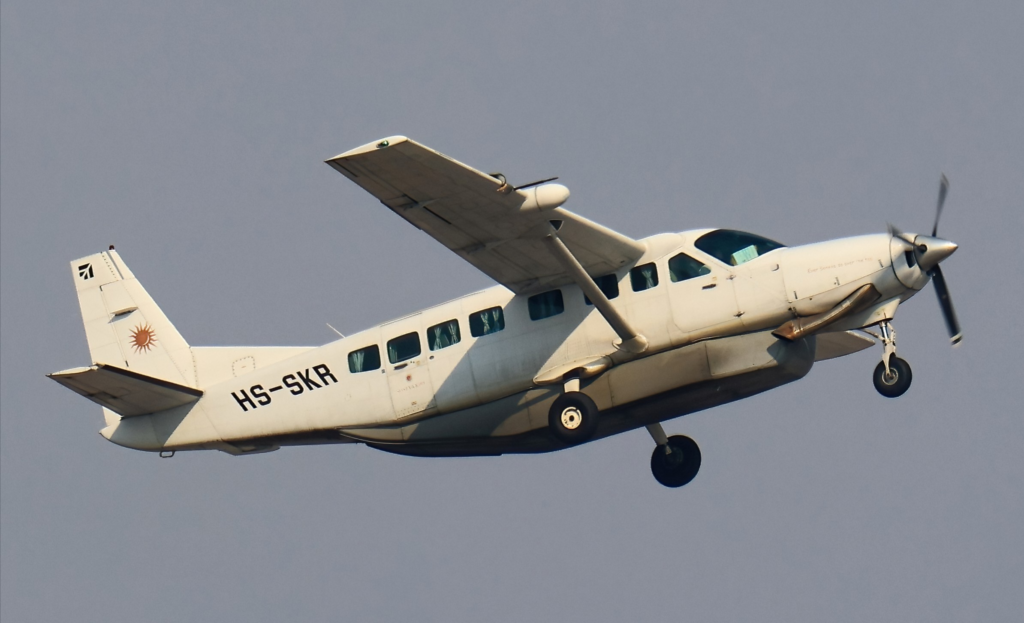Major Plane Crashes in 2024: What Happened!
The year 2024 proved to be a somber period for the global aviation industry, marked by a series of major plane crashes in 2024. These tragedies underscore the ongoing challenges in maintaining flight safety and highlight the critical need for rigorous standards across all aspects of the aviation sector. Below is a comprehensive, date-wise overview of the 2024 plane crashes and an analysis of their potential impact on the industry.
Major Plane Crashes of 2024 :
January 23, 2024 – Northwestern Air Flight 738 (Canada)
A Northwestern Air aircraft, operating a regional flight near Fort Smith in Canada’s Northwest Territories, crashed under challenging weather conditions. The crash claimed six lives, including two crew members. Preliminary investigations suggest a combination of factors, including issues with the flight control systems and adverse weather. This incident highlighted the challenges of flying in remote areas with limited infrastructure and harsh conditions. Discussions on pilot training and operational procedures for such regions are expected to follow.
August 23, 2024 – Thai Flying Service Flight 209 (Thailand)
A Cessna Caravan C208B crashed during a flight from Suvarnabhumi to Trat, Thailand, in poor weather conditions. All nine people on board tragically lost their lives. Investigations centred on the aircraft’s performance in inclement weather and potential system limitations. This crash reignited debates about operational restrictions for smaller aircraft and the need for stricter certification standards in adverse weather.

November 25, 2024 – Swiftair Flight 5960 (Lithuania
A cargo flight operated by Swiftair on behalf of DHL crashed near Vilnius Airport, Lithuania, during its approach. The incident resulted in one crew member’s death and injuries to three others. Investigators focused on possible human error, autopilot malfunction, and adverse weather conditions. This incident emphasized the importance of enhanced crew training and crew resource management in handling complex approach scenarios.
December 22, 2024 – Piper PA-42 Cheyenne (Brazil)
A Piper PA-42 Cheyenne crashed shortly after takeoff from Canela Airport in Brazil. The accident claimed the lives of all 10 people onboard and injured 17 individuals on the ground. Investigations indicated potential mechanical failure, with additional analysis to explore maintenance lapses or pilot errors. This tragedy underscored the importance of rigorous maintenance schedules for smaller aircraft and strict airworthiness enforcement.
December 25, 2024 – Azerbaijan Airlines Flight 8243 (Kazakhstan)
An Embraer E-190AR operated by Azerbaijan Airlines crashed while attempting an emergency landing near Aktau, Kazakhstan. The crash resulted in 38 fatalities, with 29 survivors. Survivors reported unusual noises before the crash, leading investigators to focus on engine and hydraulic system malfunctions. This incident could lead to stricter maintenance protocols for regional jets and enhanced inspection procedures.

December 29, 2024 – Jeju Air Flight 2216 (South Korea)
A Jeju Air Boeing 737-800 overshot the runway at Muan International Airport, South Korea. The crash resulted in the loss of 179 lives, with only two survivors. Investigators identified potential landing gear issues, compounded by bird strikes during the landing phase. This highlighted the need for improved airport wildlife management strategies and advanced bird dispersal technologies to mitigate risks.
Key Takeaways and Impact
1. Importance of Regional Safety
Crashes in remote and regional areas emphasized the need for better training and infrastructure in challenging environments. Discussions on operational enhancements are critical.
2. Enhanced Aircraft Maintenance
Several incidents pointed to the importance of stringent maintenance protocols and inspections. Focus on maintenance for smaller and older aircraft is paramount.
3. Improved Weather Preparedness
Adverse weather conditions played a role in multiple crashes. Enhanced weather forecasting and updated operational restrictions for smaller aircraft are necessary.
4. Advanced Technology Adoption
Technological advancements, such as predictive maintenance tools and AI-driven safety systems, can significantly reduce risks.
Conclusion
The aviation industry faced significant challenges in 2024. Each incident serves as a stark reminder of the need for vigilance, innovation, and a commitment to safety. By addressing the underlying causes and implementing lessons learned, the industry can work towards a safer future for all.